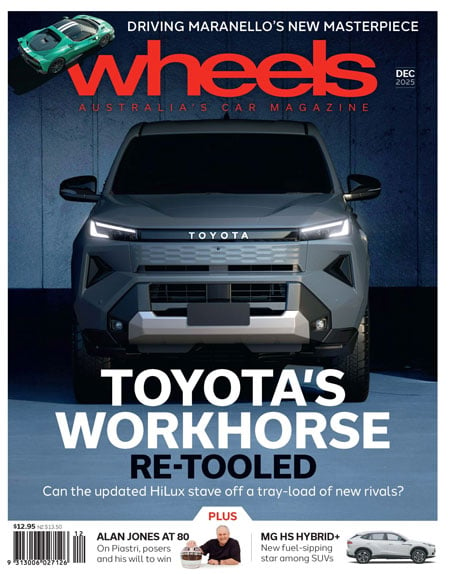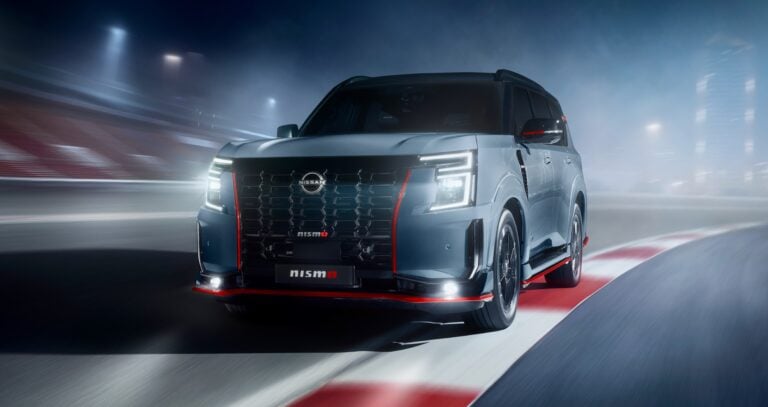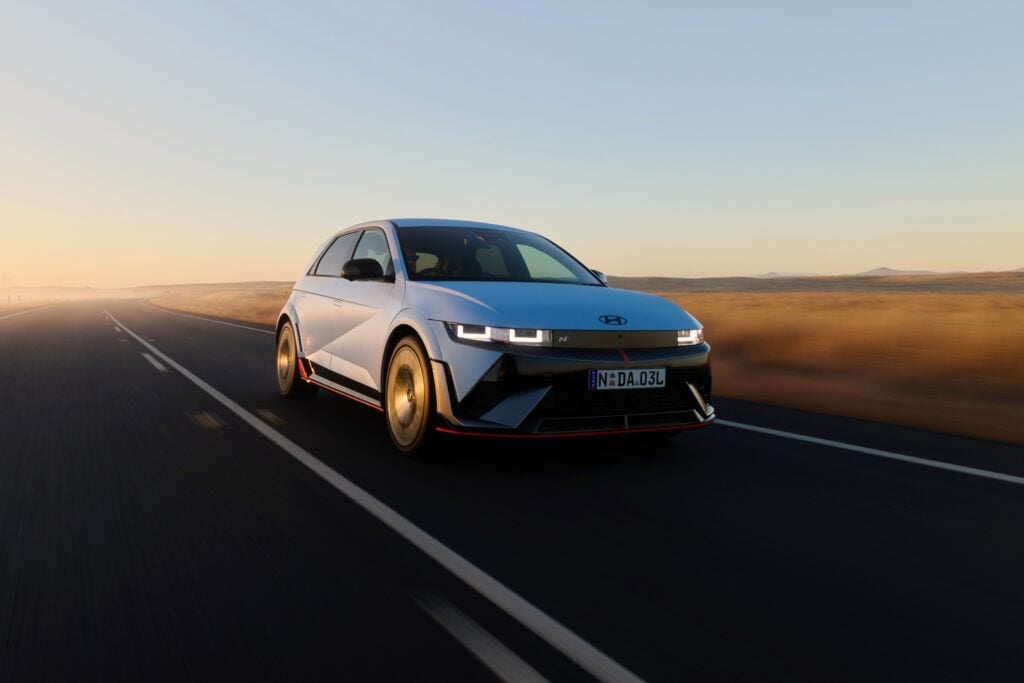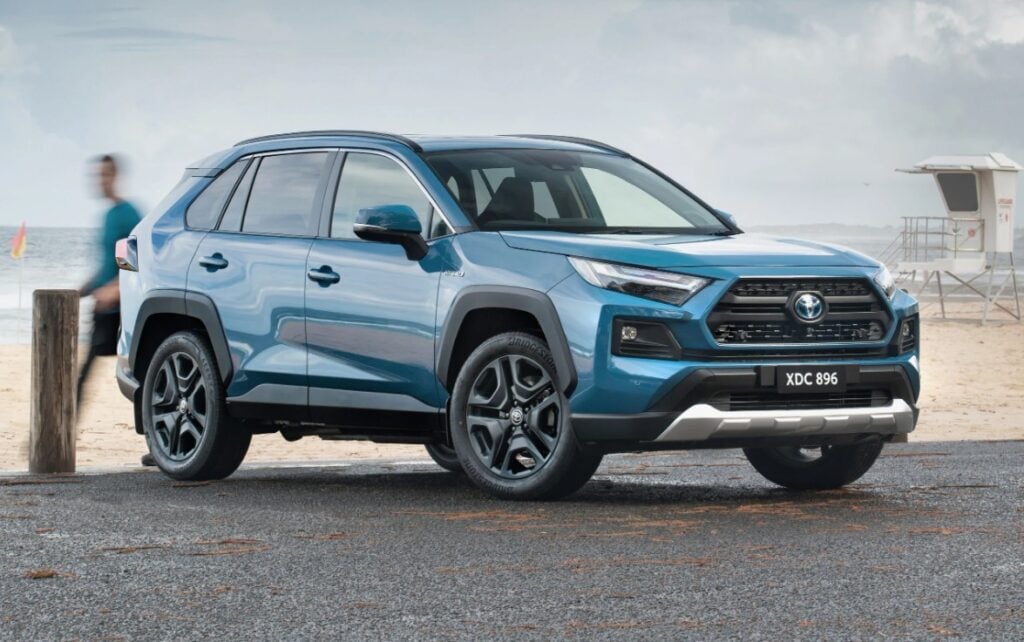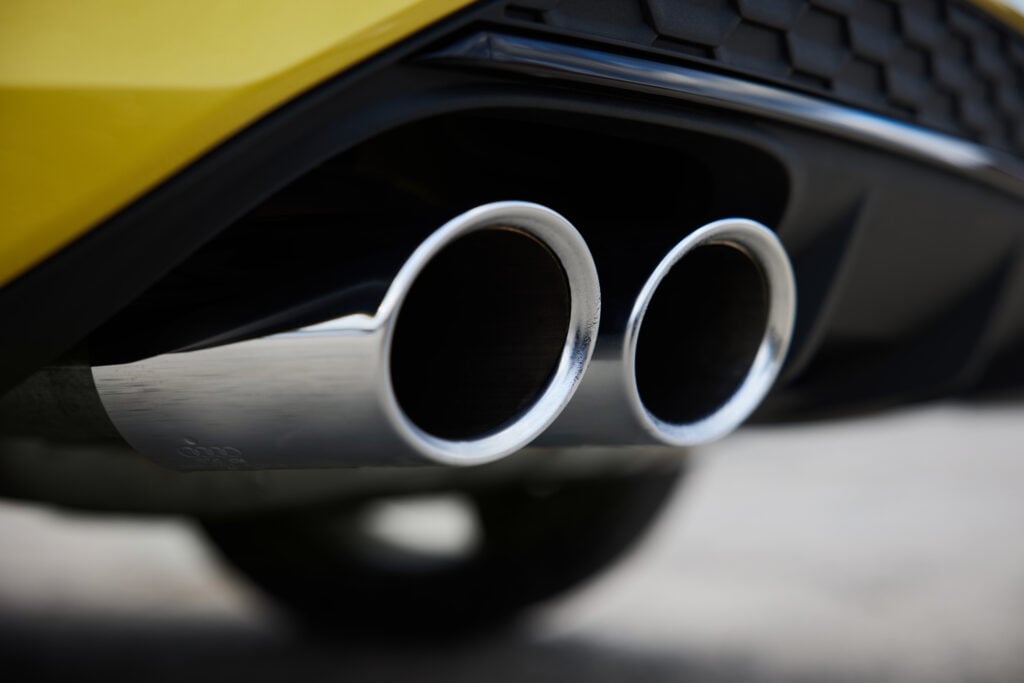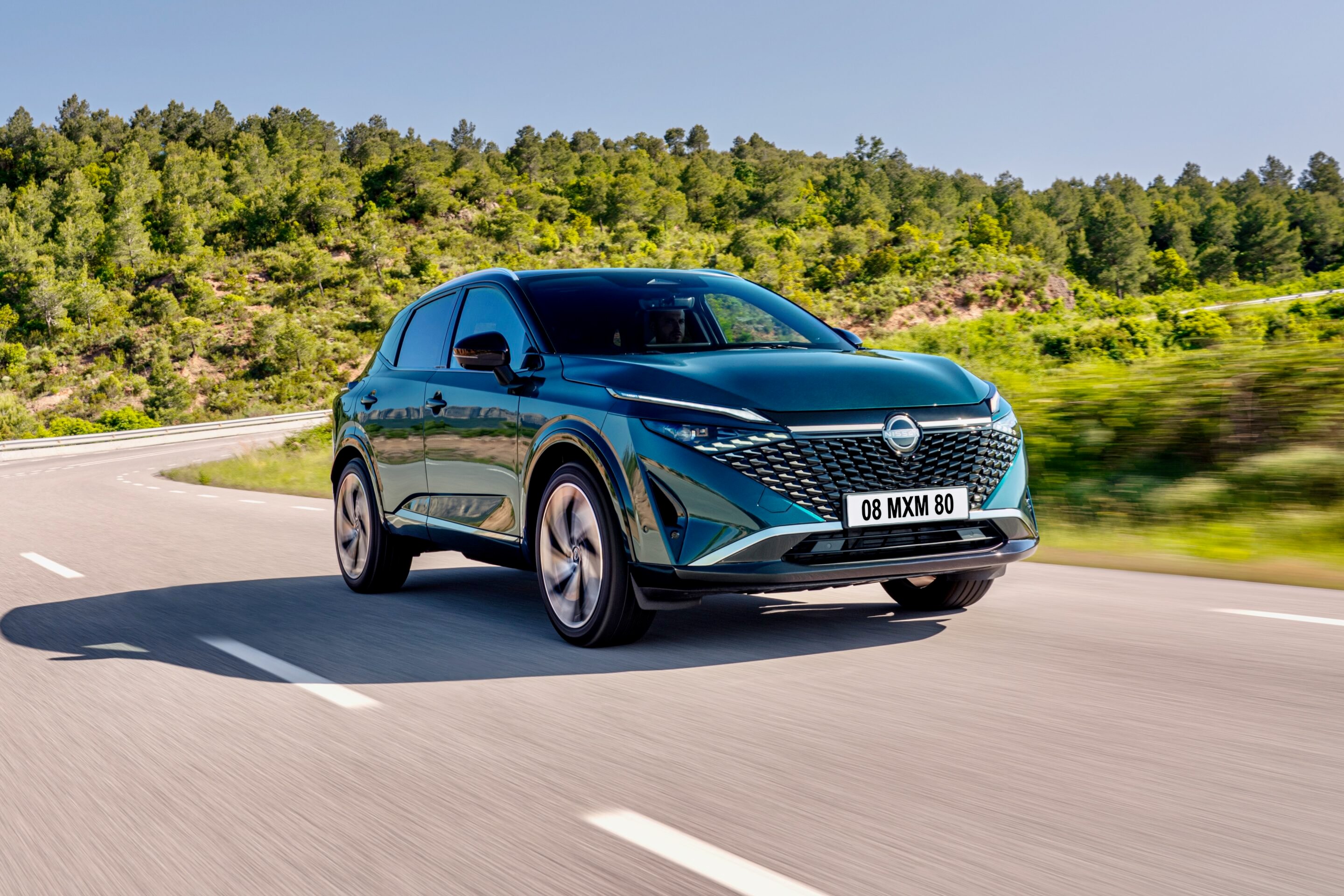
Ahead of a likely early 2026 Australian release, Nissan has revealed its next-generation e-Power hybrid tech in the Qashqai small SUV. While the maker has boosted the performance of the system, it’s also made it quieter and even reduced its fuel consumption: it’s now rated at just 4.5L/100km on the WLTP cycle.
Based around a new 1.5-litre turbocharged three-cylinder petrol engine, the third-generation of Nissan’s e-Power hybrid set up adopts the company’s ‘STARC’ combustion cycle that reportedly increases thermal efficiency by as much as 42 per cent and the previous engine’s variable compression tech has been rendered redundant. A larger turbo has also been fitted.
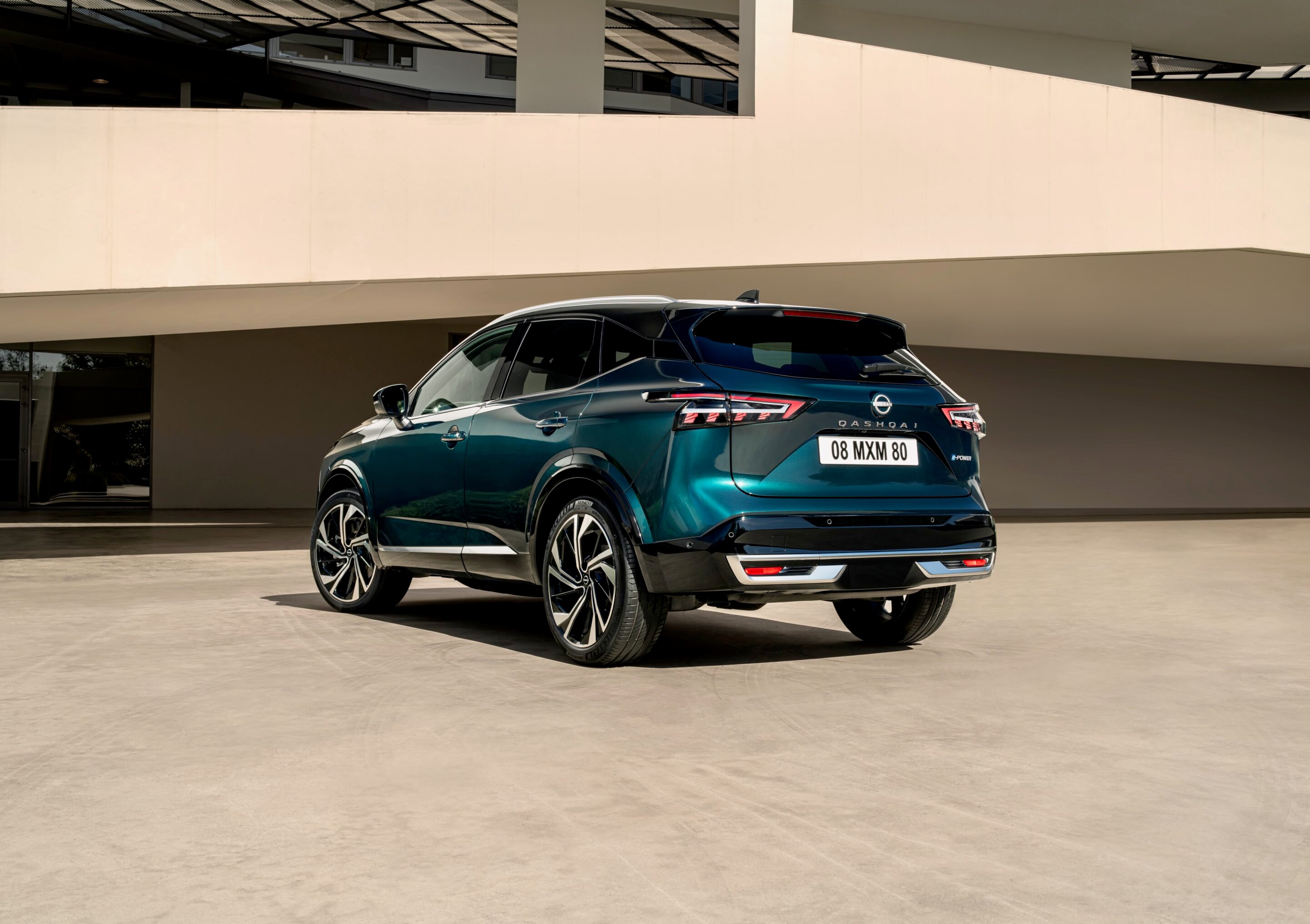
Now making 11kW more power at 151kW, the new e-Power hybrid system now consumes just 4.5L/100km of fuel on the WLTP cycle, while its CO2 emissions have been cut from 116g/km to just 102g/km. That has resulted in a 16 per cent improvement in real world fuel consumption, including a 14 per cent improvement at highway speeds, and it touts a claimed 1200km range.
Nissan also claims that the new e-Power hybrid system is up to 5.6 decibels quieter than before for enhanced refinement.
The new e-Power drivetrain has reportedly been developed to be 20 per cent cheaper to produce as well, hinting at lower prices, and its service intervals have been extended from 15,000km to 20,000km thanks to a new more efficient lubrication system.
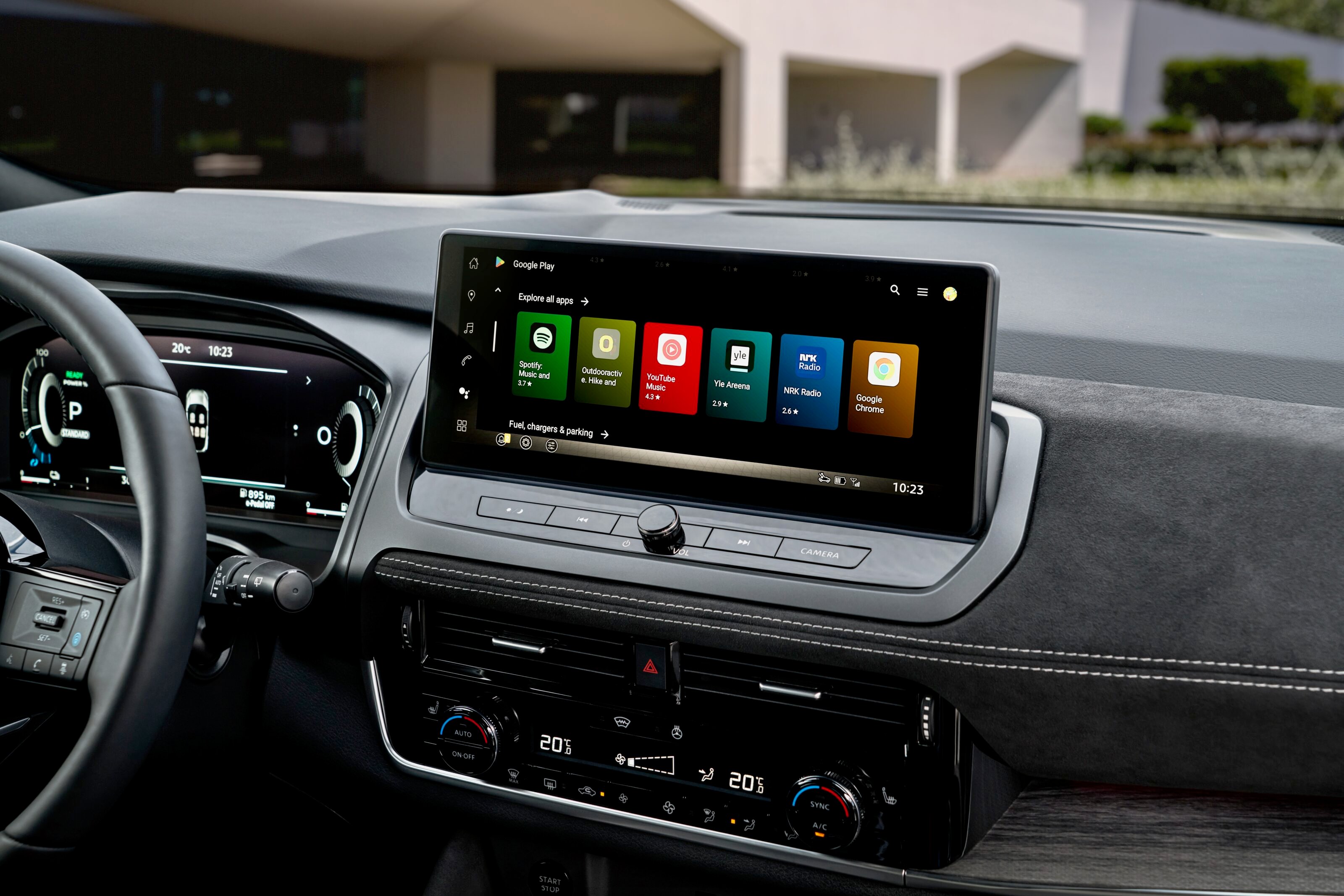
Nissan has also added new Google built-in infotainment software to the updated Qashqai, with access to the Google Play Store to download apps, and with Google Maps navigation as well.
The updated Qashqai also sees an upgraded version of the brand’s ‘ProPilot’ driver assistance tech with improved multi-lane autonomous driving interfaces for better traffic monitoring.
While the new e-Power drivetrain has debuted in the Qashqai, it’s likely to end up in the larger X-Trail as well.
Australian details are yet to be announced, but the new-generation Nissan e-Power hybrid system will likely end up on local shores sometime in early 2026.

